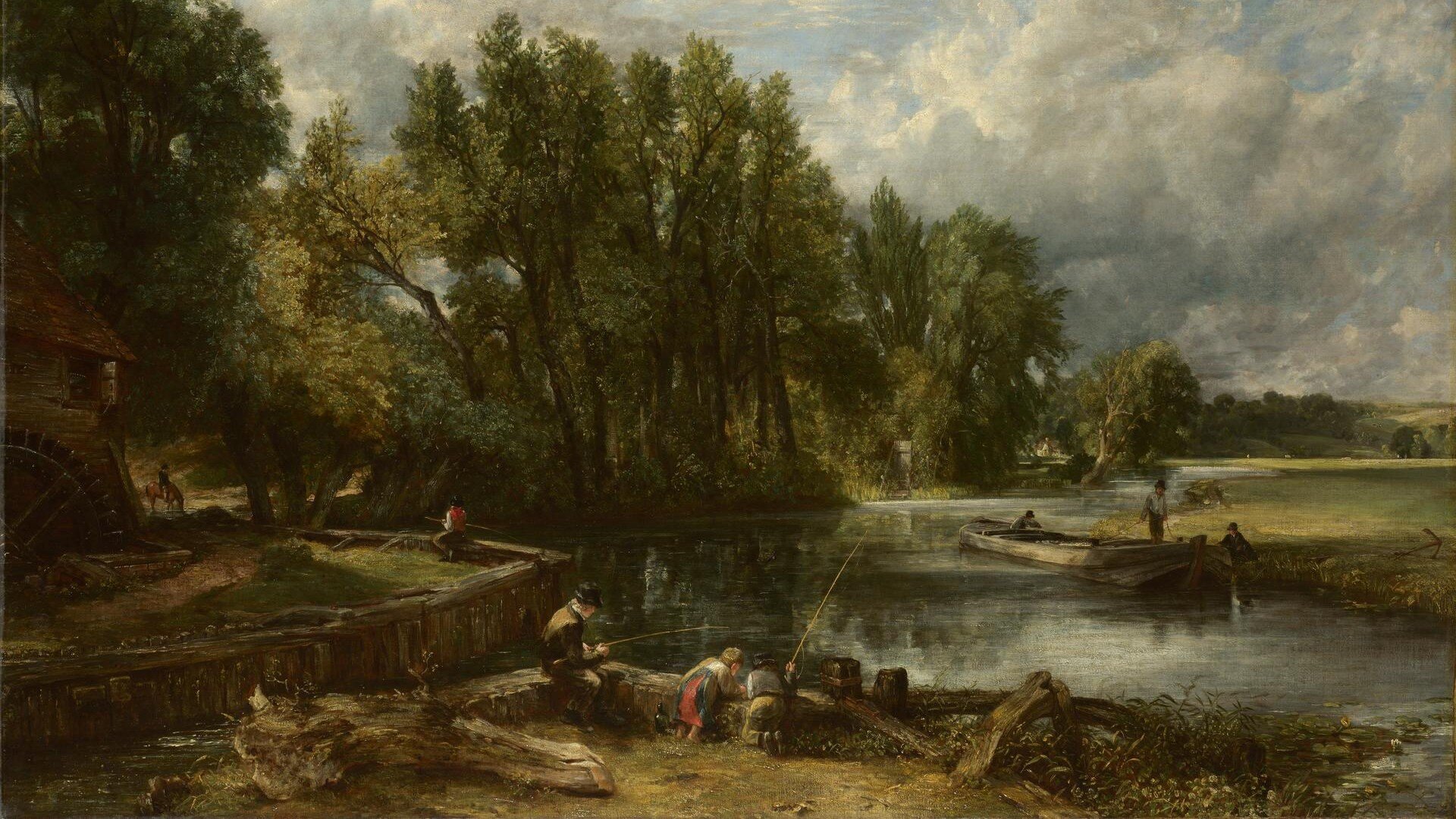Fishing
Cumberland Valley, Pennsylvania, where Whistlestop Bookshop is situated, is generously watered and drained by creeks renowned for their fishing. Conodoguinet Creek, which flows about 100 miles to the Susquehanna River and is nearest to Carlisle, is actually better known for the fishing in its two tributaries, Big Spring Creek out of the Newville area (only 5 miles) and Letort Spring Run, which arises south of Carlisle and flows north 9 miles to the Conodoguinet. The Yellow Breeches Creek, which flows along South Mountain for 56 miles to the Susquehanna, is internationally famous for its trout fishing.
Naturally, a trout-fishing and especially a fly-fishing culture has developed, sometimes thought to be mostly local, sometimes acknowledged to be of world interest — the world that loves the quiet and focus and solitary rewards of fly-fishing. Rarely, the local zen masters of fishing wrote books. Charlie Fox was once a customer of Whistlestop, and Joe Humphreys is still in print and in fact the subject of a documentary we carry. Fishing does inspire fine writing, after all — the names of Izaak Walton, Norman MacLean, Thomas McGuane, Patrick McManus, John Gierach suggest the range of approaches in writing about “standing in a river waving a stick,” to use Gierach’s famous descripton.
Dedicated to the memory of a great fisherman and an even better brother, Gordon Wood (1956-2020).
The Unreasonable Virtue of Fly Fishing
The Unreasonable Virtue of Fly Fishing
From the award-winning, bestselling author of Cod--the irresistible story of the science, history, art, and culture of the least efficient way to catch a fish.
Fly fishing, historian Mark Kurlansky has found, is a battle of wits, fly fisher vs. fish--and the fly fisher does not always (or often) win. The targets--salmon, trout, and char; and for some, bass, tarpon, tuna, bonefish, and even marlin--are highly intelligent, wily, strong, and athletic animals. The allure, Kurlansky learns, is that fly fishing makes catching a fish as difficult as possible. There is an art, too, in the crafting of flies. Beautiful and intricate, some are made with more than two dozen pieces of feather and fur from a wide range of animals. The cast as well is a matter of grace and rhythm, with different casts and rods yielding varying results.
Kurlansky is known for his deep dives into the history of specific subjects, from cod to oysters to salt. But he spent his boyhood days on the shore of a shallow pond. Here, where tiny fish weaved under a rocky waterfall, he first tied string to a branch, dangled a worm into the water, and unleashed his passion for fishing. Since then, a lifelong love of the sport has led him around the world to many countries, coasts, and rivers--from the wilds of Alaska to Basque country, from the Catskills in New York to Oregon's Columbia River, from Ireland and Norway to Russia and Japan. And, in true Kurlansky fashion, he absorbed every fact, detail, and anecdote along the way.
The Unreasonable Virtue of Fly Fishingmarries Kurlansky's signature wide-ranging reach with a subject that has captivated him for a lifetime--combining history, craft, and personal memoir to show readers, devotees of the sport or not, the necessity of experiencing nature's balm first-hand.

